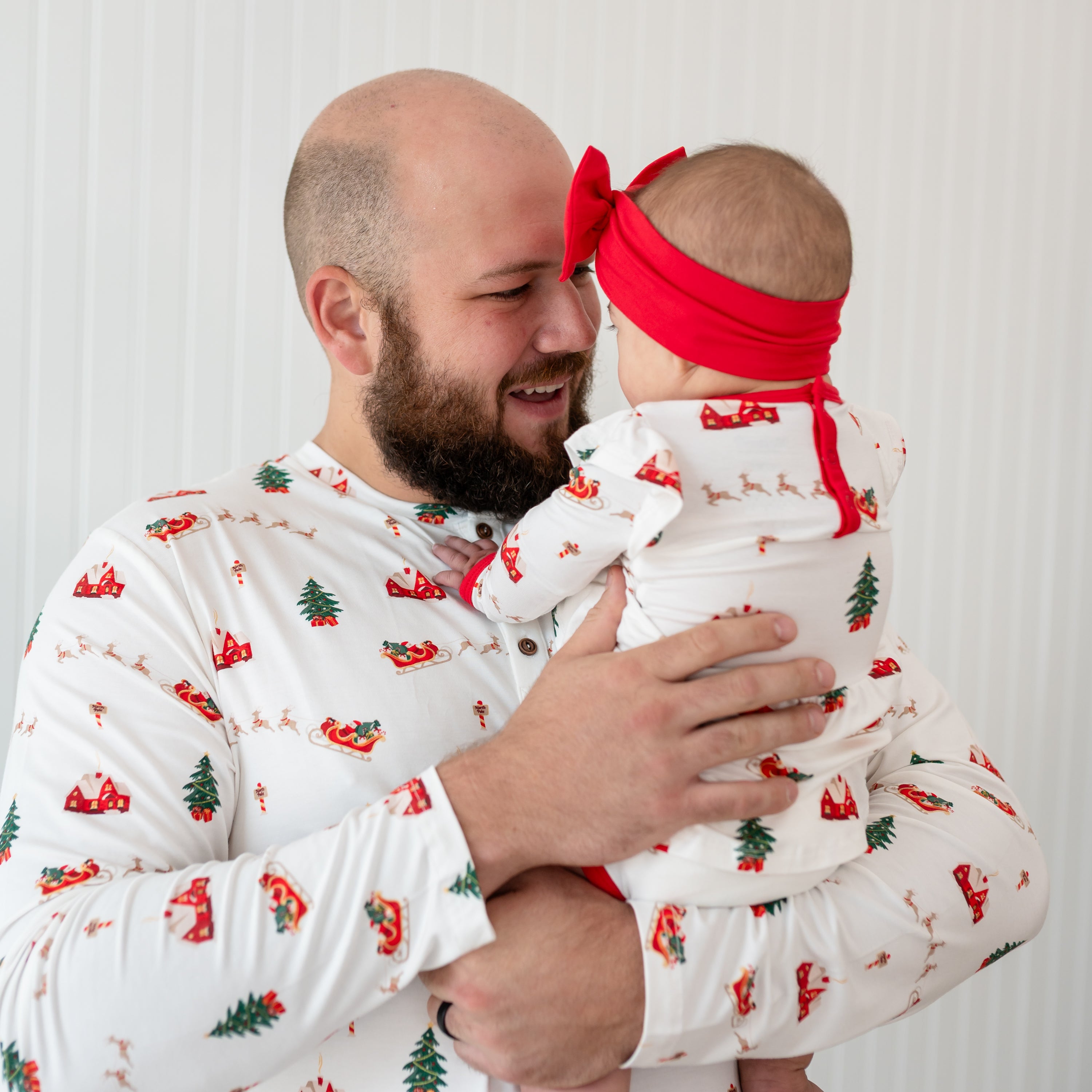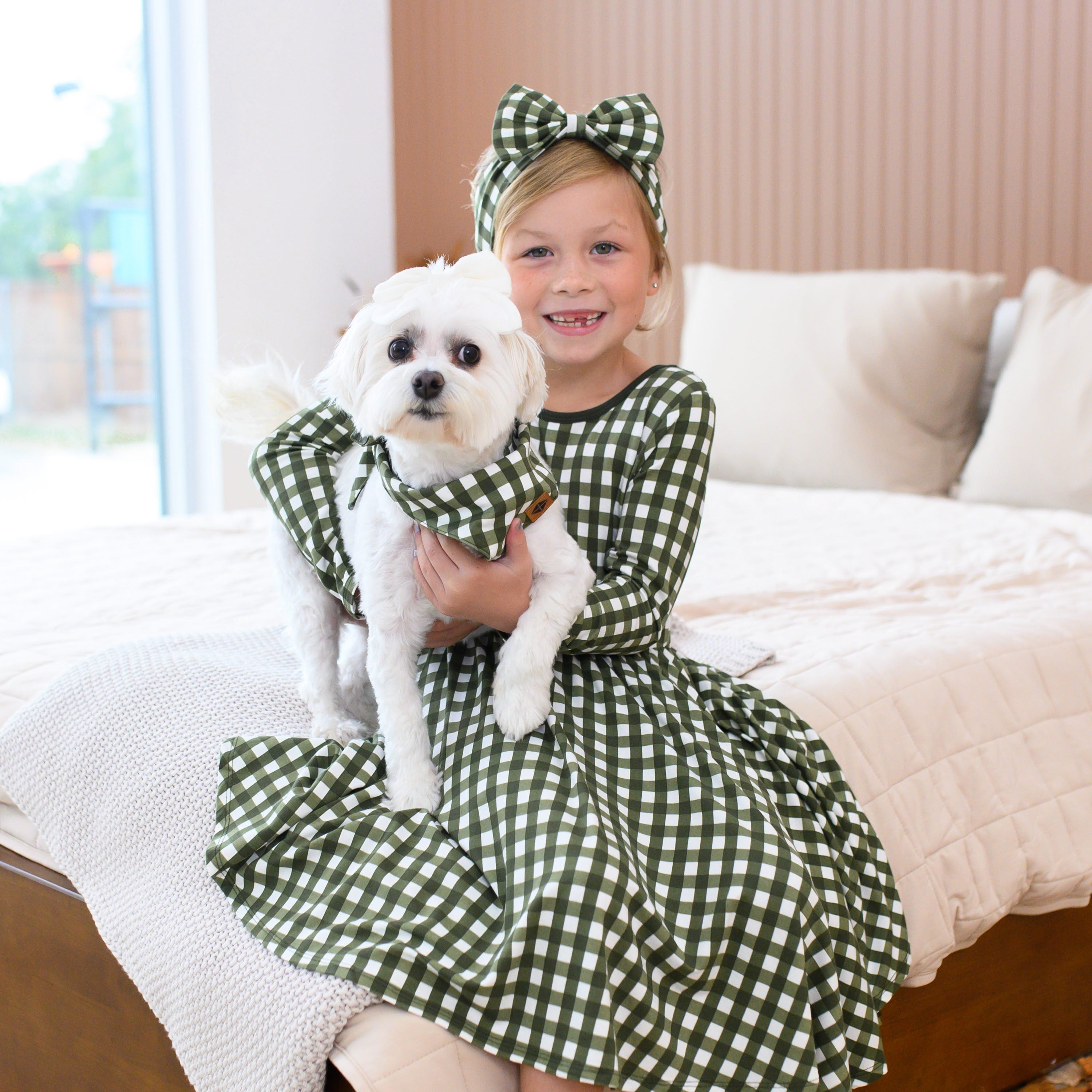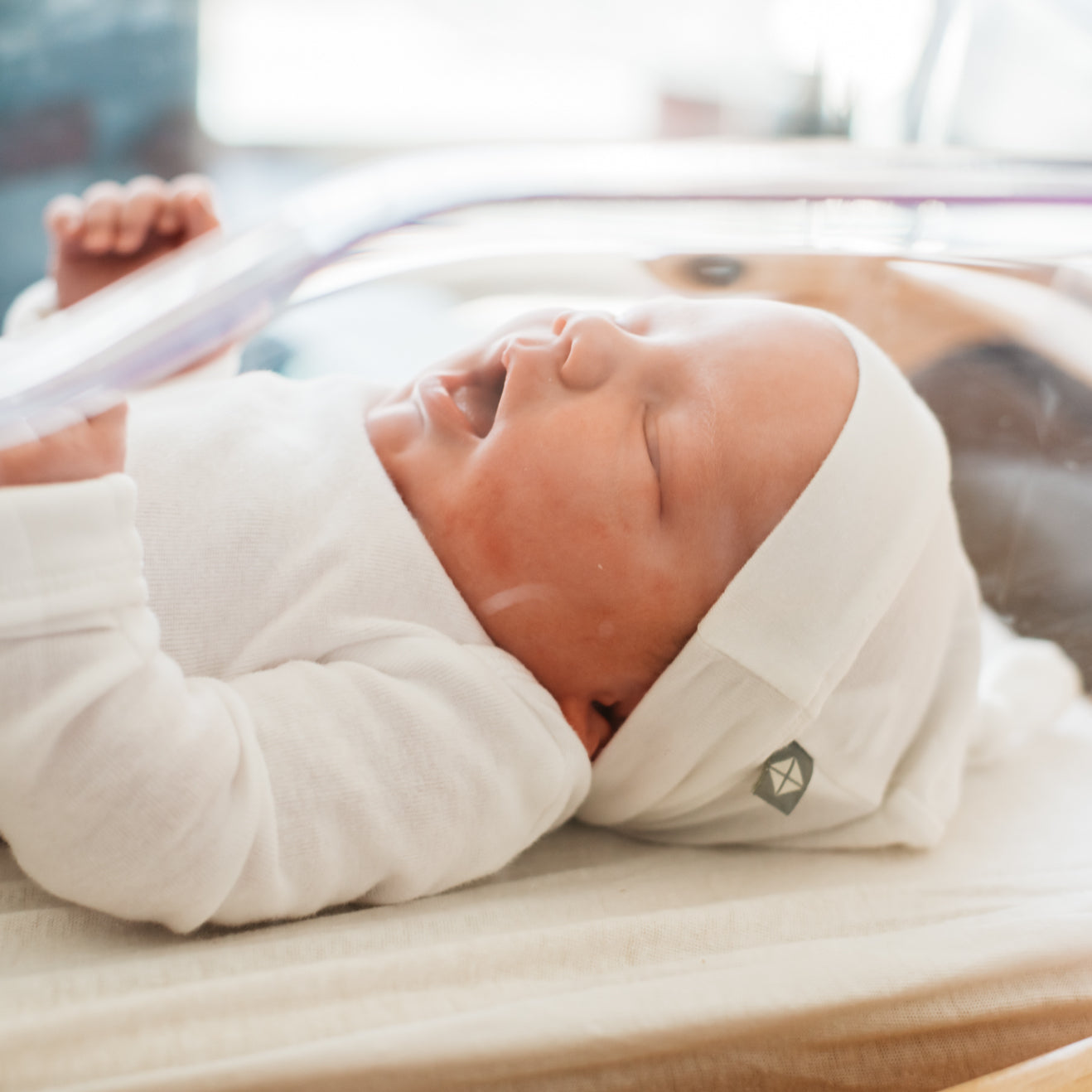Even before I was ever pregnant, I always pictured the birth of my future child to go the way it does in movies. You know the scene--mom pushes, baby cries, the cord is cut, baby goes on mom’s chest, and mom cries happy tears. Of course, births seldom go as planned, but the part that seems to be consistent between film and real life is when mother and baby meet. Everyone gushes about that head-over-heels, heart-bursting love they feel when they see their baby for the first time. It’s supposed to be magical.
As expecting parents, we do a lot of daydreaming about meeting our babies in the months leading up to their arrivals. We want to know what they’ll look like, what features of ours they’ve inherited, and if they’ve got ten fingers and ten toes. I spent my entire pregnancy being impatient to meet my baby. I clicked weeks ahead on my phone’s baby tracking app to see which fruits or vegetables she would be the size of next. Broccoli, cantaloupe, pineapple. I eyed the pineapple on my countertop. That’s how big she would be at 34 weeks. Aww. I was envious of everyone whose babies were born before mine, and as I double-tapped photo after photo of never-ending birth announcements, it felt as though my turn would never come.
When the long-awaited day finally did arrive, everything went without major incident. Just like that, she was here. When the nurse placed my baby on my chest, I held her close, but the only coherent thought I could muster was I’m so tired. Between the exhaustion and pain of labor, my mind was struggling to process that the baby in my arms was the very same one whom I’d been dreaming about for months. It felt as though I’d just been handed someone else’s baby. I had no experience with infants and had never even held a newborn or changed a diaper before that day. Of course, I marveled at her perfectly-formed fingernails and delicate features, but handling her still felt awkward and clunky. It wasn’t until much later in the night, when I looked down at her little face as she was nursing, that it all finally clicked.
Although the bond with my daughter took a full night to really take hold, that attachment can take even longer for others. Some feel it immediately, while others may take days, weeks, or even months to get there. WebMD notes, “Studies have found that about 20% of new moms and dads feel no real emotional attachment to their newborn in the hours after delivery.” There are also many factors that can also play a role in delayed attachment, including postpartum depression, a history of mental illness, if the baby had to spend time in the NICU, if you had a C-section, etc. Even though it can take some time before it all clicks, and you're wearing your matching dad and daughter outfits, there are still many ways you can bond with your newborn to foster that deep attachment.
SKIN-TO-SKIN
Don’t underestimate the powerful effect that skin- to-skin contact has on both mother and baby. There’s a reason that the baby is placed on mom’s chest right after being born. Skin-to-skin, also known as kangaroo care, calms and relaxes mother and baby, stimulating brain activity in both. The close contact also has the power to regulate the baby’s heartbeat, temperature, and breathing, along with a number of other benefits. It’s worth noting that skin-to-skin shouldn’t end after the hospital stay. Moms, dads, and babies can continue to reap the long-lasting benefits of skin-to-skin contact at home. It’s wonderful for promoting bonding because it releases hormones, like oxytocin, prolactin, and endorphins, which reduce stress and may help prevent postpartum depression.

LISTEN TO YOUR BABY’S HEARTBEAT
The first time I heard my baby’s heartbeat was the moment the pregnancy became very real for me. If you’re like me, you may have gone into every prenatal visit feeling a little fearful in the back of your mind. I’m already an anxious person, so I always worried that the nurse wouldn’t be able to find my baby’s heartbeat at each visit. Hearing the strong and steady ba-dum, ba-dum, ba-dum of her heart was a reassuring and emotional experience every time.
If you loved hearing your baby’s heartbeat when she was in the womb, listening to her heartbeat after she’s born may help you feel closer to her. Deliberately making that connection can be a touching, nurturing experience that helps you bond with your baby.
MAKE EYE CONTACT
Whether your baby is breastfed or formula-fed, making eye contact during feedings is a sure way to get oxytocin pumping in both of you. Since newborns can only see about 8-10 inches far, your face is really the only thing she can see when you hold her. She’ll get to know your face and smell, and your heart is sure to melt as you gaze into her eyes.
Newborn babies don’t do much other than cry, eat, sleep, and dirty diapers. The early days of parenthood are an especially difficult time because you just don’t know your baby well enough. When your baby has a full belly and clean diaper, but she’s still crying, even though you’ve been rocking her for over an hour, the frustration of not being able to understand what she needs can be overwhelming. During quiet moments, eye contact provides meaningful communication that is so important to building the bond between parent and child.
WEAR YOUR BABY
The most natural thing is for your baby to be close to you. Physical touch and closeness promotes well-being and makes us feel safe and comforted. Wearing your baby in a sling or carrier is a wonderful way to help your little one adjust to the transition from the womb to the bright, loud, overwhelming world. In a carrier, she’s close to you and lulled by your movements. It’s an easy, effective way to facilitate bonding.
Babywearing was an invaluable tool for me when my daughter was a newborn. Although she was well-tempered, she was not a good sleeper. I bounced, rocked, and swayed until my arms were ready to fall off. Once I started wearing wraps and slings, she fell asleep easily in them, her head safely resting against my chest, and I had my arms free to do whatever I needed to do.

SING TO YOUR BABY
According to UC Berkeley’s Greater Good magazine, a researcher at the University of Toronto, Mississauga studied the impacts of singing to babies and found that “singing--more than talking--keeps babies calm and can lead to stronger social bonds with parents, improved health, and even greater language fluency.” It’s well known that music has a major impact on the brain, so it makes sense that singing to your baby could be such a powerful tool. It makes no difference how well you sing. Your voice is the most familiar and calming thing to your baby, so keep singing those lullabies, no matter how off-key you may sound.
Parenting is the hardest job you will ever do, but you don’t have to be a “perfect” parent to build a strong, lasting bond with your baby. Meet your baby’s daily needs, offer comfort and reassurance, and just spend time with each other. You are enough, and the attachment between you two will develop as she grows. The early weeks are a struggle, but when your baby flashes you that first gummy smile, your heart will feel so full, that you’ll wonder how you ever lived without her.
























